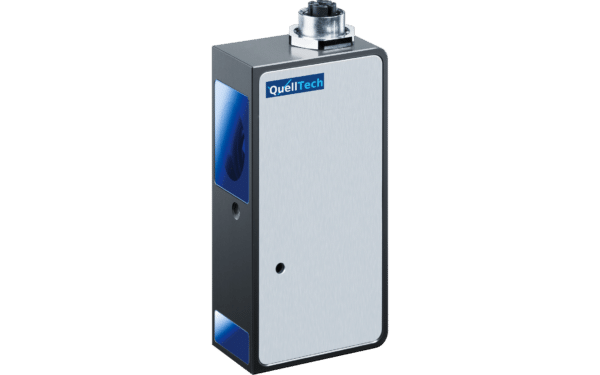3D laser scanner measurement
What is meant by “3D laser scanner measurement”?
3D laser scanner measurement is an advanced method for precise three-dimensional measurement of objects using laser line triangulation sensors, also known as laser scanners. This technology enables the accurate determination and comparison of measured values such as length, width, height, angle, radius, flatness, parallelism, diameter, defect sizes and more. Unlike traditional 2D image processing with cameras, 3D laser scanner measurement enables a three-dimensional representation of an object.
In which processes and in which industries and sectors is 3D laser scanner surveying used?
3D laser scanner measurement is widely used in various industries, especially for visual monitoring of production processes. It enables the automatic inspection of individual parts and steps during the production of products. Especially in inline quality control, 3D laser scanner surveying has its benefits, as it can check 100% of the produced parts in real time.
Typical industries and sectors where 3D laser scanner measurement is used include:
- • Metalworking
• Mechanical Engineering
• Welding technology
• Automotive
• Battery manufacturing
• Aerospace
• Smartphone manufacture
• Power Engineering
• Mining
• Metrology
Why is 3D laser scanner measurement so important for plant engineering and manufacturing companies?
3D laser scanner measurement plays a critical role in improving production quality, especially in demanding environments. Compared to 3D camera systems, it has proven to be extremely robust against interfering ambient light. This makes it a reliable choice for plant engineering and manufacturing companies that must maintain the highest quality standards. 3D laser scanner surveying enables precise and reliable measurements even under difficult conditions.
The use of a 3D laser scanner measurement in quality assurance offers numerous advantages. It reduces scrap in production, minimizes customer complaints and avoids costly rework due to faulty production parts. These lead to a significant increase in productivity and cost efficiency. Especially in the production of high-quality products in large quantities, the use of 3D laser scanner surveys results in considerable economies of scale, which can lead to significant savings in production costs.
Overall, the implementation of 3D laser scanner surveys in quality assurance is an important step towards optimizing production processes and increasing a company’s competitiveness in demanding markets.





